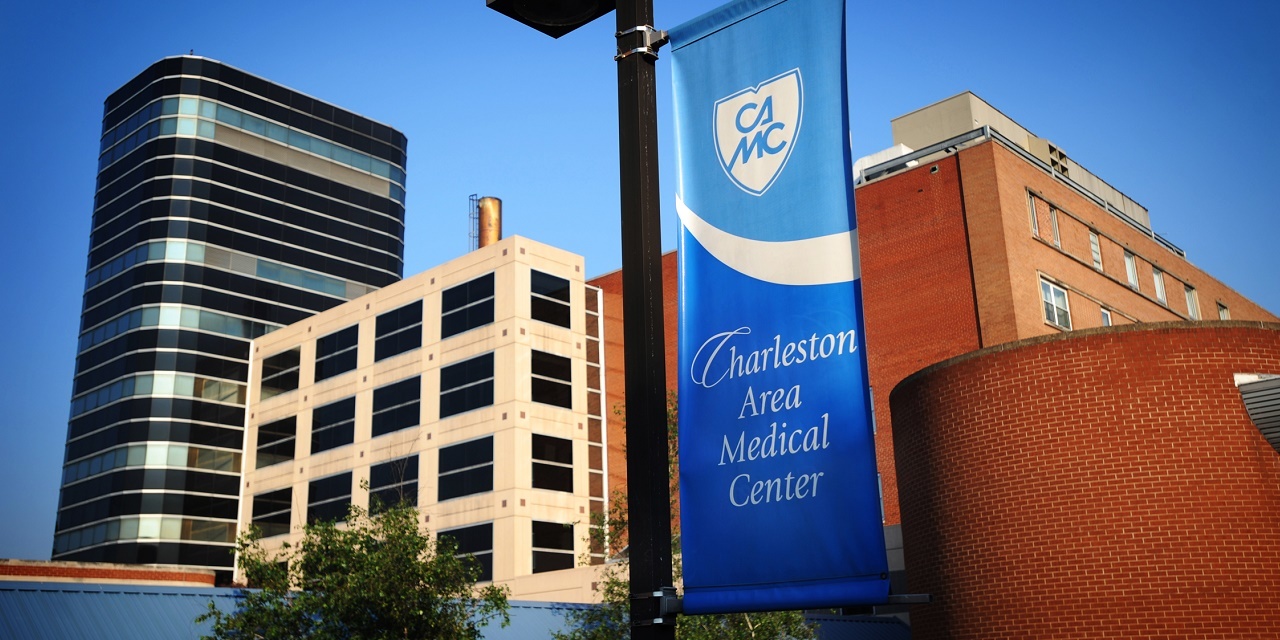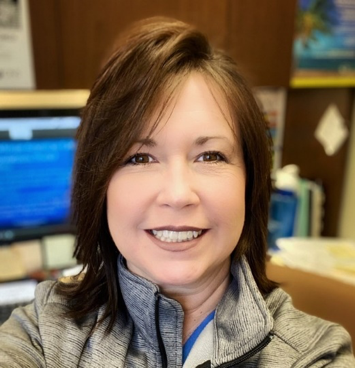
Charleston Area Medical Center (CAMC) is preparing to launch a new Cancer Treatment Clinic–the first of its kind to use Carevive’s entire platform of tools and services to guide patients through every step of their cancer care journey. The following interview with Survivorship Care Coordinator Carrie Wines, RN, BSN, ONN-CG provides insight into how the Treatment Clinic evolved and how CAMC envisions it will benefit care team members and patients.
The Treatment Clinic is set to open in Fall 2020 and is offering a new type of care coordination. Can you tell us more about the vision?
The Charleston Area Medical Center (CAMC) Cancer Center’ s Comprehensive Assistance to Resources and Education (CARE) team is a multidisciplinary group consisting of nurse and financial navigators and a social worker, dietitian, psychologist, and chaplain. The CARE team meets monthly to discuss opportunities to provide the best care and resources to our oncology patient population.
It was identified through various meetings that gaps existed in the current process of care coordination for our patients. Although navigators were reviewing physician clinic schedules and on-site infusion schedules for new patients, frequently a patient slipped through the cracks and did not receive information on services and resources available to them. Sometimes patients who were already well into their treatment phase would wander into our resource area seeking assistance in overcoming known barriers to care, such as transportation, nutrition, financial difficulties, lack of emotional support, or lack of information on side-effect management. Somehow, we had missed an earlier opportunity to address these barriers in their cancer care journey.
The CARE team also worked closely with the survivorship coordinator to identify the data needed to provide survivorship care plans (SCPs) for patients completing cancer treatments. Additional downfalls of plan preparation were identified, the biggest being the excessive amount of time it took for the coordinator to gather and manually transfer data from the EHR to separate SCP documents.
Where did you get the idea to implement a treatment clinic? Is this something you saw successful elsewhere?
Hearing the multidisciplinary team members discuss their workflows and how they envisioned it could be better is how the treatment clinic idea came forth. Members of the CARE team had colleagues and contacts at other facilities who knew what was working and not working for them. As they say, “why reinvent the wheel?” The team walked through each step of the current process and verbalized ideas on what they felt was vital and would assist in the elimination of patient barriers to care. Patients receive an overwhelming amount of information during their initial oncology visits, and many experience shock and lack of concentration when hearing they have cancer.
We decided it would be beneficial to bring the patient back to the office, ideally within 1 week after the first oncology appointment. This would provide an opportunity to evaluate whether any barriers exist that would prevent or slow the patient’s treatment care plan. It also would provide an opportunity for navigators to provide additional treatment education or referrals for psychosocial services. Any concerns the patient might have about intravenous and/or oral chemotherapy, radiation therapy, surgical resections or medication side effects could be further addressed during the visit.
This additional visit is an important time set aside for the patient to ask questions after having some time to come to terms with his or her new cancer diagnosis. It also provides an opportunity to ensure the patient has completed previously ordered testing, such as echocardiograms, lab work, or dental clearance, to avoid delays in starting treatment.
The nurse practitioner (NP) gathers baseline data and provides any referrals needed for PT/OT, home health care, palliative care, etc. The NP also provides additional education and encouragement concerning the need to continue routine screenings, exercise, and healthy eating.
What were the deciding factors that led you to open the Treatment Clinic?
The Commission on Cancer standard 4.8 Survivorship Program implementation requirement prompted us to re-evaluate our cancer program services. We took the opportunity to revamp our current processes for patient supportive services. Administration played a key role in providing the needed support and funding for the Carevive platform. The Carevive product will assist us in providing customized educational material for each patient based on his or her diagnosis, and will streamline our treatment plan and survivorship care plan distribution.
How does the Treatment Clinic model differ from what you are offering today?
Prior to opening the Treatment Clinic, we were offering patient services but did not have enough time to educate patients about their diagnosis, treatment, and available resources. The Treatment Clinic is designed to provide patients with specific times–both before and after treatment—to receive information and resources from CARE team members in multiple disciplines.
How and why did you choose colorectal, lung, breast, and H&N as the cancer diagnoses to begin with?
Colorectal, lung, breast, and H&N diagnoses were chosen for two reasons. First, we currently have nurse navigators covering those specific diagnoses. Second, colorectal, lung, and breast are the top cancers treated within our cancer center. H&N cancers comprise a small percent but require a significant level of support.
What was your primary goal in implementing Carevive?
Streamlining navigational and survivorship processes to capture required data for treatment and survivorship care plans is imperative to providing services and continued care to those patients within our facility.
How do you envision this (i.e., Cerner integration, transitioning distress screening from paper to digital, increasing care plan output, time savings via auto-generated care plans, improved care coordination) will impact patient outcomes?
In addition to everything noted above, the education and resources Carevive provides, along with continued care coordination with the patient’s primary care physician to facilitate preventative screening measures, will improve quality of care and patient outcomes.
Any stories or anecdotes you can provide surrounding the anticipation around going live with Carevive this year?
Three of the five seasoned nurse navigators here at the CAMC cancer center have been anticipating the implementation of a product to assist in job performance and patient service enhancements for more than 8 years. As you can imagine, they are thrilled! We are slated to go-live with Carevive in early September and have experienced smooth transitional support during the implementation phase.


